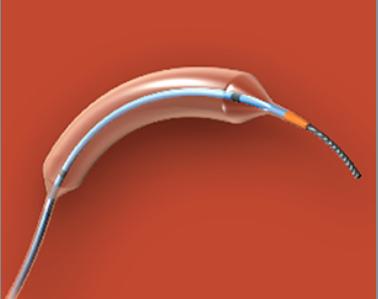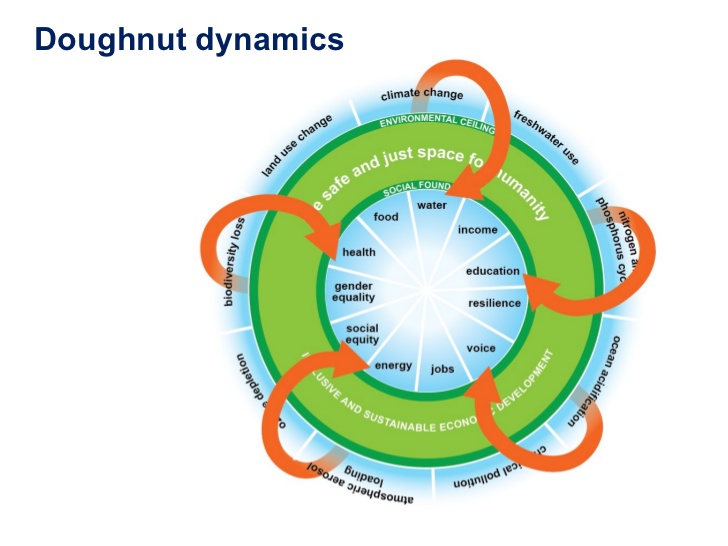Circularize Angioplasty Catheters – Make Hearts Beat for the Right Reasons!

Source: https://www.dicardiology.com
The idea behind circular economy (CE) concept is resource conservation through maximizing utility of resources. The result, in the case of cardiac equipment such as balloon angioplasty, is reduced costs for hospitals, increased access to life-saving cardiac treatment for those who can’t afford it otherwise, and a lower environmental carbon footprint.
Since the 1970s, single use medical devices (equipment that can only be used by one patient for one procedure) have been reprocessed and re-used in medical procedures around the world. On aggregate, in the United States of America, reprocessed single use devices (SUDs) save 150 million dollars annually. In Germany reprocessing balloon angioplasty catheters saves an estimated 20 million euros. Clearly, there is a market for reprocessed SUDs – but why are medical equipment manufacturers so slow to invest?
According to research carried out by a group of Indian cardiac experts (Kapoor et al., 2017), medical equipment manufacturers’ main motive for designating equipment as ‘single use’ is not due to the inherent risk of re-use. By limiting investment into circularization processes such as reprocessing, refurbishing and recycling, manufacturers ensure a steady supply of customers for newer higher priced replacements. Additionally, the culture of ‘safety first’ in medical facilities contributes to under-utilization of angioplasty catheters and other SUDs. It increases environmental waste and greenhouse gas emissions through incineration of large volumes of hospital equipment (Kane, Bakker, & Balkenende, 2018), that could be reprocessed.
The circularization of balloon angioplasty catheters through reprocessing has the potential to reduce the costs for cardiac implantation surgeries so that a greater proportion of people in low income countries can receive the treatment. For example, only 25 per million people in India can receive cardiac implantation surgeries while the ratio in the western world is as high as 300 people per million.
The reprocessing of balloon angioplasty catheters are handled either by third party companies contracted by hospitals or through in-hospital reprocessing. Reprocessing through third party contractors is popular in the western world and is the most reliable method as the liability lies with the contractor. Third party contractors clean, sterilize, repackage and ensure the equipments’ integrity and high standard of performance. Additional protocols such as labeling with dates of sterilization and number of re-uses must be indicated on the packaging. In the case of balloon angioplasty catheters, only three re-uses are allowed.
There is no doubt that circularization of angioplasty catheters is worth the hype! It saves lives, reduces costs for medical facilities and the environmental impact. However, the use of reprocessed angioplasty catheters requires proper regulation to ensure that in-hospital reprocessing is as safe as third party reprocessing.
References
Kane, G. M., Bakker, C. A., & Balkenende, A. R. (2018). Towards design strategies for circular medical products. Resources, Conservation and Recycling, 135, 38-47. doi:https://doi.org/10.1016/j.resconrec.2017.07.030
Kapoor, A., Vora, A., Nataraj, G., Mishra, S., Kerkar, P., & Manjunath, C. N. (2017). Guidance on reuse of cardio-vascular catheters and devices in India: A consensus document. Indian heart journal, 69(3), 357-363. doi:10.1016/j.ihj.2017.04.003
